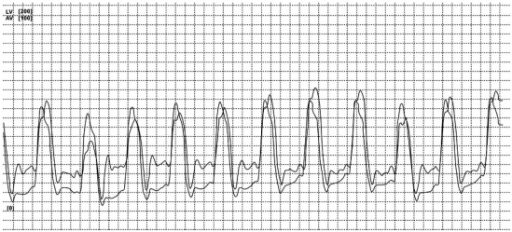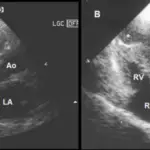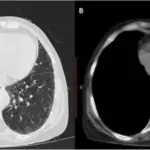Restrictive cardiomyopathy is a rare condition characterized by restrictive ventricular function, diastolic dysfunction but with normal systolic activity.
What is the Pathology of Restrictive Cardiomyopathy?
Restrictive cardiomyopathy pathology is characterized by mutation in the sarcomeric proteins which increases cardiac myofilaments sensitivity to calcium leading to diastolic dysfunction. Biatrial dilatation, abnormal ventricular wall with rubbery texture, and thickening of the endocardium are observed.
How does Restrictive Cardiomyopathy Present?
Restrictive cardiomyopathy presents as worsening shortness of breath, exercise intolerance, orthopnea, fatigue, and paroxysmal dyspnea. It is rare and accounts for only 5% of all cardiomyopathies.
How is Restrictive Cardiomyopathy Diagnosed?
Restrictive cardiomyopathy diagnosis includes chest x-ray (atrial dilatation), 2D echo (non-dilated ventricles with dilation of both atria), catheterization, cardiac biopsy (abnormal myocardium).
How is Restrictive Cardiomyopathy Treated?
Restrictive cardiomyopathy treatment is non-specific and highly based on causation. Corticosteroids, endocardectomy, phlebotomy and chelation, and chemotherapy may be utilized. Pharmacologic treatment is symptomatic.
What is the Prognosis of Restrictive Cardiomyopathy?
Restrictive cardiomyopathy prognosis is poor with 2-year mortality of 50% and 5-year mortality of 70% after diagnosis.



